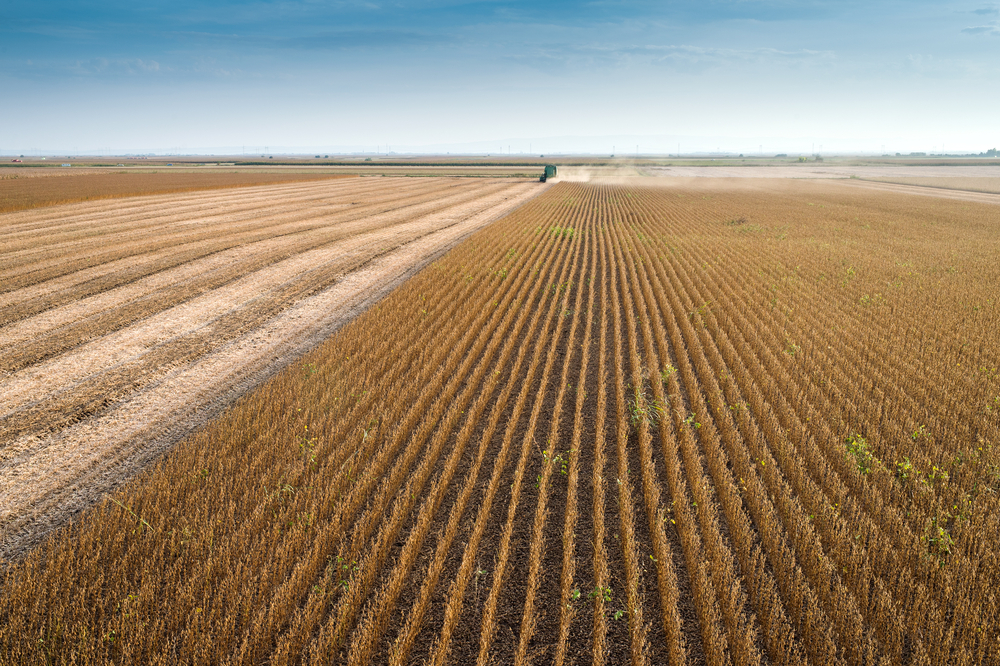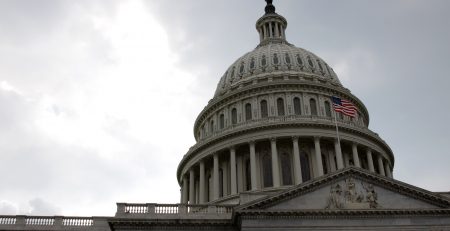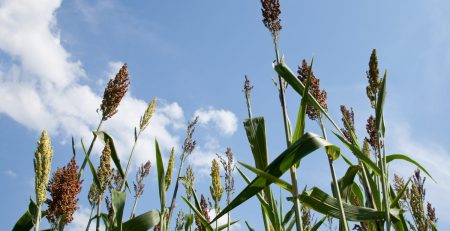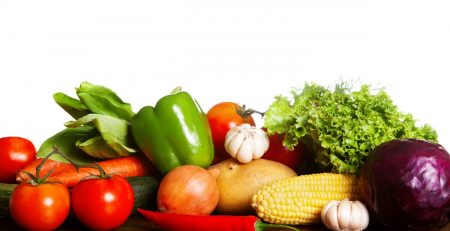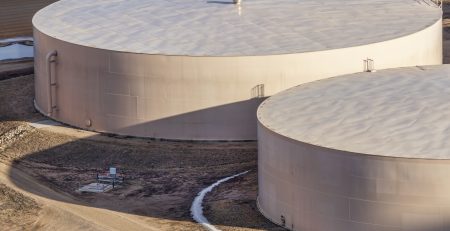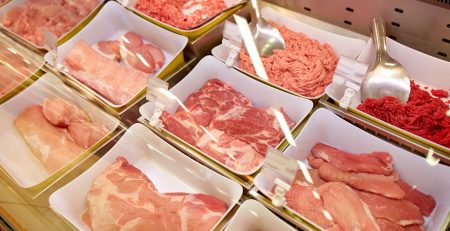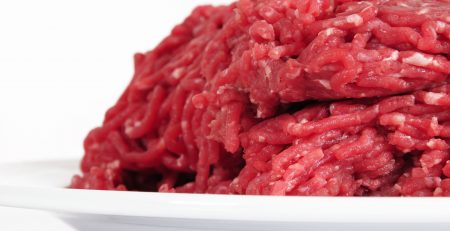Fourth Annual Drop for Nebraska Farmland Prices
For 2018, Nebraska farmland prices average $2,745, which is a 3% drop from a year ago. This annual drop is less than the 9% drop seen in 2017 and similar to the 4% drop reported in 2016, according to a preliminary report of the 2018 Nebraska Farm Real Estate Market survey.
Overall, Nebraska farmland per-acre prices have dropped 17% since reaching a high of $3,315 in 2014.
Low commodity prices and property tax policies are behind the declining farmland values, says Jim Jansen, agricultural systems economics, University of Nebraska.
All of the seven land classes in the state dropped in value, compared to last year. Tillable grazing land values declined by 6%—the largest drop, followed by non-tillable grazing land and hayland, which each declined by 5%. Gravity irrigated cropland dropped by 4%, and center pivot irrigated cropland decreased by 1%. Dryland cropland with irrigation potential declined by 2%, while dryland cropland without irrigation potential posted a 1% drop.
Looking ahead, survey respondents report Nebraska cropland values will hinge on the earning potential for the major commodities grown across the state, input expenses and monetary policies influencing the cost of borrowing for future land purchases. Regulation policies around the use of water for irrigation were also identified as major influences for irrigated cropland values.
For pasture values, demand for beef and availability of forages during periods of drought are two of the major factors. Recent increases in exports of beef from Nebraska to China remain critical for the value of cattle raised in the state, Jansen notes. Also, extended periods of drought might increase the price and availability of forages, which will influence the potential market value of hayland.
Softer Rental Rates
Across the state, cropland and pasture rental rates dropped, on average, 2% to 7%. Irrigated cropland rental rates declined 2% to 5%, while dryland cropland rents showed minor increases.
Property taxes are a pivotal concern during rental negotiations, the survey respondents say. “Landlords face the prospects of low returns on their land after accounting for property taxes,” Jansen says. “Tenants face tight cash flows with current commodity prices, input expenses and rental payments. Negotiating an equitable rental rate remains a challenge for landlords and tenants.”
Pasture and cow-calf pair rental rates were mixed, depending on the location. Most districts experienced declines of 2% to 7%, while just a few areas saw increases of 2% to 3%.
This annual survey, conducted by the University of Nebraska-Lincoln, polls appraisers, farm managers and ag bankers.
Content within the Farm Journal Forum is the property of Farm Journal, Inc and protected by copyright.This article was first published on https://www.fjfnews.com.
